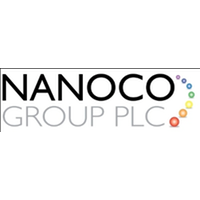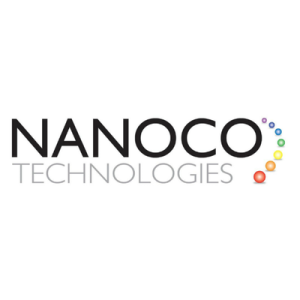Nanoco Group Plc (LON:NANO) CEO Dr Michael Edelman talks to DirectorsTalk about its year end trading update. Michael talks about the progress being made with its new US partner, with displays finally looking like they will soon hit the market soon Michael provides a little more detail. The company’s cash position and progress in other markets is also discussed.
Nanoco Group harnesses the power of nano-technology to create a brighter, more sustainable future. Based on breakthrough science, Nanoco’s proprietary manufacturing process enables the large-scale production of its cadmium-free CFQD® quantum dots for multiple applications including LCD display, lighting, healthcare, nano-materials and solar.
The company has non-exclusive manufacturing and marketing licensing agreements in display with The Dow Chemical Company, Merck KGaA of Germany and Wah Hong Industrial Corporation of Taiwan.
It was founded in 2001 and is headquartered in Manchester, UK, with a US subsidiary, Nanoco Inc., in Concord, MA. Nanoco continues to build out a world-class, patent-protected IP portfolio generated both by its own innovation engine, as well as through acquisition.


